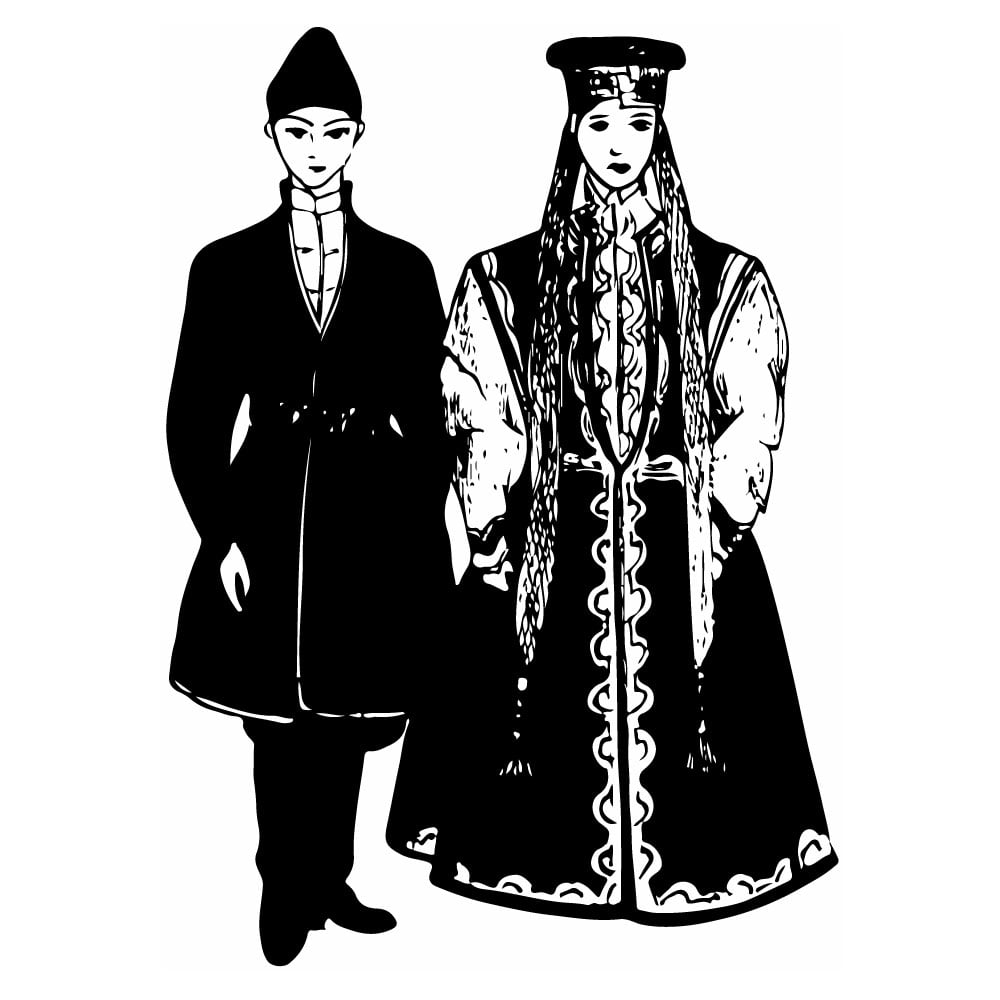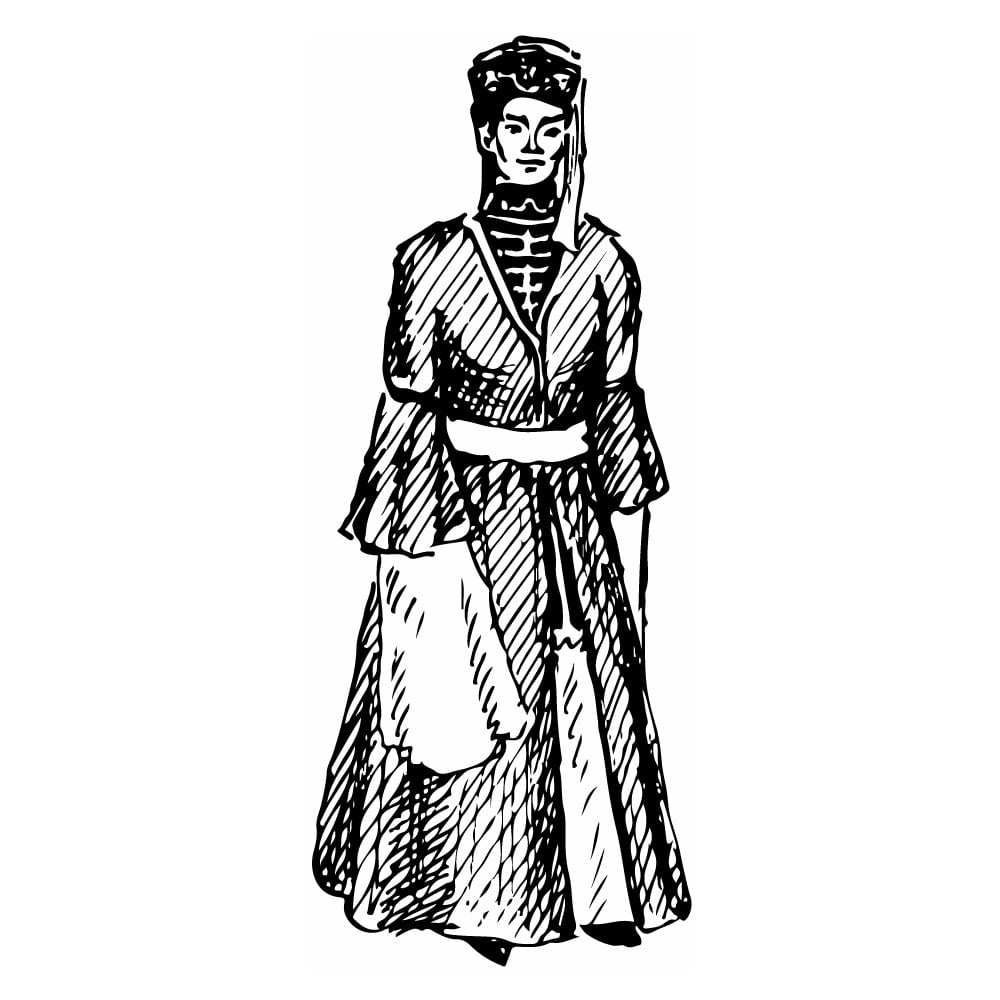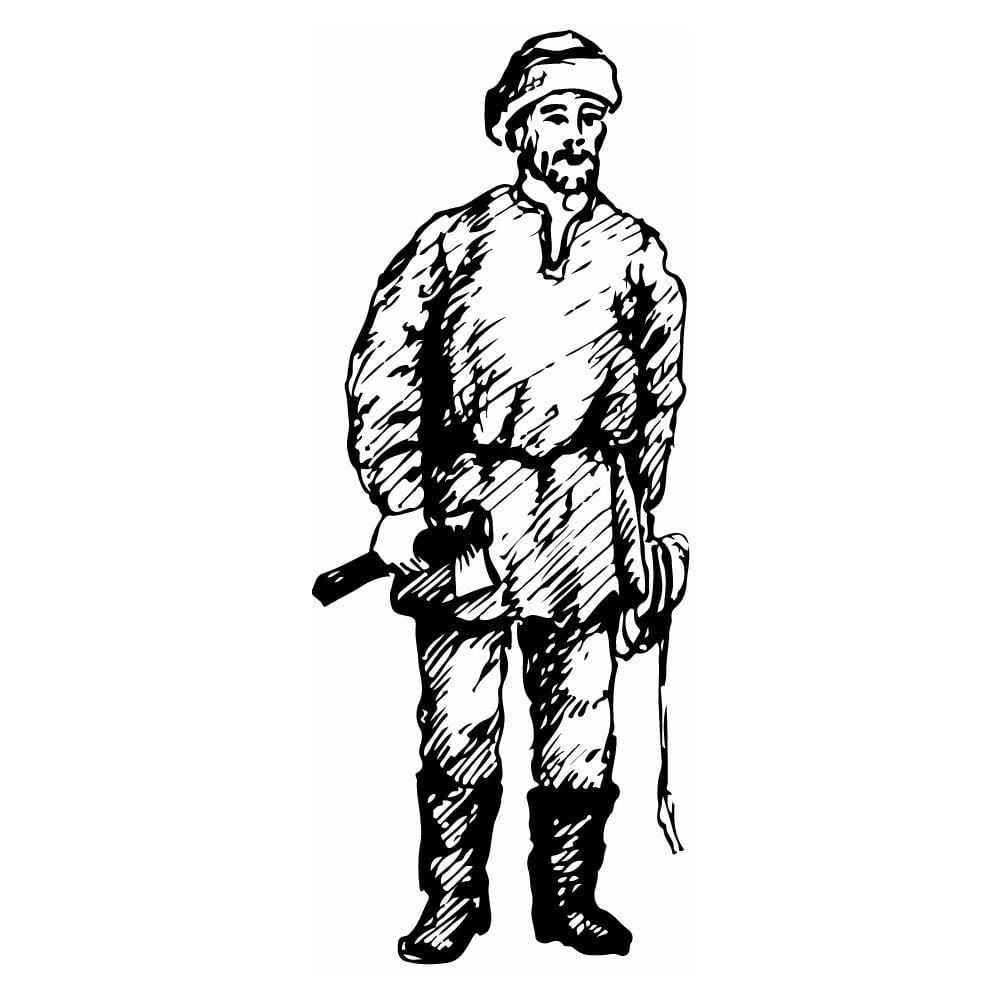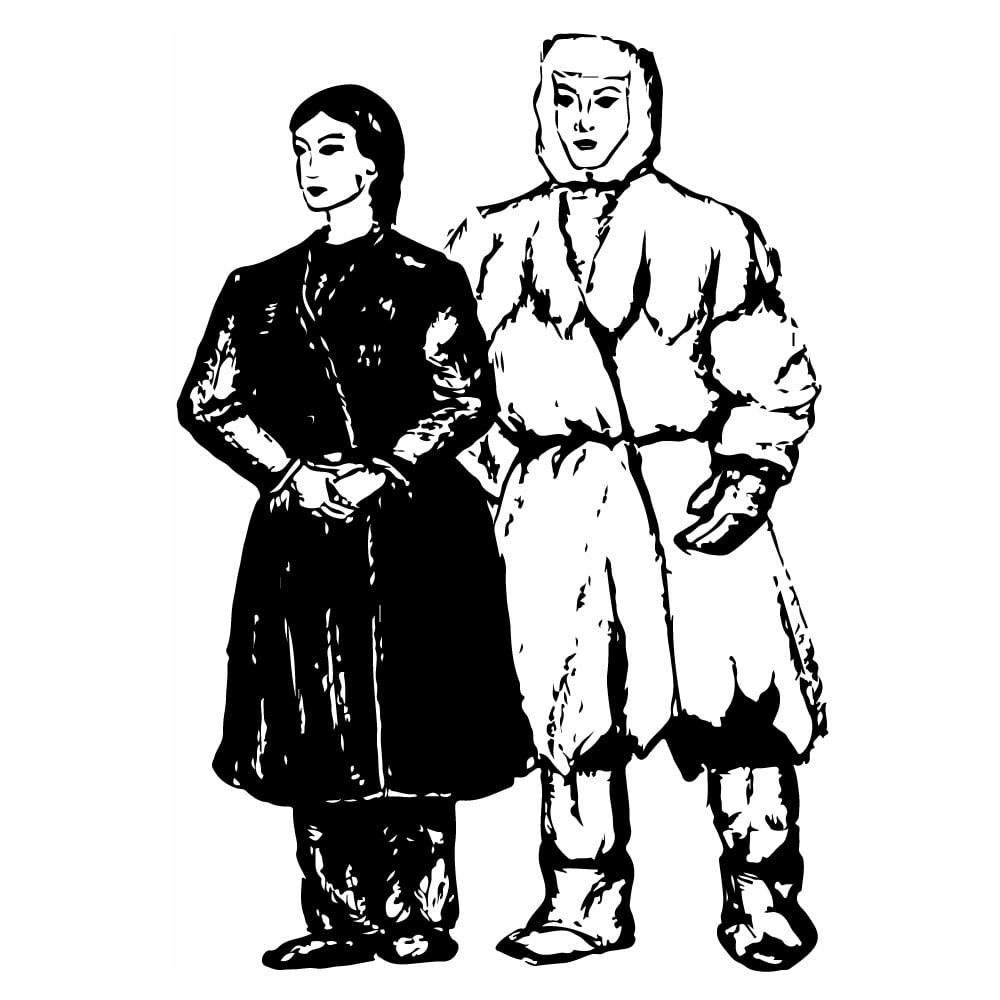Evenks
| Population | 30,000 |
| Language group | Northern branch of the Tungus-Manchurian languages |
| Language | Evenk |
| Region | East Siberia |
| Religion | Shamanism, Christianity |
*Population estimates for 1994
The Evenks (Tungus) are one of the most numerous and wide spread peoples among the so-called small people clusters of North Siberia. The acknowledged limits of the Evenk territories are the Ob and Irtysh river watershed in the West, the coast of the Sea of Okhotsk, Sakhalin in the East, the Tungus (Angara) River, Lake Baikal, and the Amur River in the South. In the North, the Evenks border on the Evens, Dolgans, and Nenets. It is difficult to establish more precise limits of the Evenk territories. It approximately embraces almost a quarter of Siberia and the Far East.
The Evenk is the most wide-spread name for the people known earlier as the Tungus, Orocheins, Birars, and Manegrs. Now “the Evenks” have become the official name.
The genesis of the Evenks is a result of a long and complicated process that took place centuries ago. The Evenks present a mixture of different ancient native tribes of North Siberia and the tribes living to the East akin to Turkic and Mongolian peoples by language.
According to the mode of the household, the Evenks were divided into the following groups: the so-called “pedestrian” or “sitting” group including hunters and fish hunters of the Sea of Okhotsk coast; “deer” group represented by the deer-breeding hunters; and the “horse” or “cattle” group consisting of hunters who had herds of horses and raised cattle. The territories adjacent the Angara River, Lake Baikal, and the Sea of Okhotsk were inhabited by the “pedestrian” or “sitting” Tungus who combined game hunting (usually for meat and fur) with seal hunting and fishery. In the eighteenth and nineteenth centuries, on the territories adjacent to the Yakuts, the Evenks began to combine hunting with cattle-breeding, while the territories adjacent to the Russians were characterized by the intensive development of agriculture and cattle farming in addition to fishery, hunting, and deer breeding.
Handicrafts done at home consisted of birch bark works, fur and leather processing, sewing clothes, and blacksmith’s work.
The Evenk clothing, although resembling the clothes of the neighboring nationalities, have still preserved their diversity and originality. Every Evenk wore flying boots or unts. They were so convenient for long taiga marches that the neighboring Russians also began using them. The Evenk dress was characterized by natazniks (a kind of waist dress) and nogovitsas (a kind of trousers). On the whole, the national clothes have been preserved by the Evenks living west of the Yenisei River. Partially, it had been preserved by the Evenks inhabiting the territories between the Yenisei and Kama rivers. Caftans (long tunic with waist girdles) were made of deer skin. The two flaps were tied on the chest by two strap laces. Breastplates were worn under the caftan. Head dresses were made of deer head skin. A girdle with the attached scabbard knife was the integral part of the men’s clothes. Women’s girdles had small bags for needles and thimble as well as attached tobacco-pouches.
The Evenks are considered to be Christians; however, their Christianity is limited to only some ceremonies dedicated to the visits of priests to taiga. Evenk religion is of great historical value, since it has preserved rather early archaic forms of religious beliefs. By the end of the twentieth century, it presented a whole mixture of different stages in religious creed development. Their ancient ideas were: spiritualization of nature phenomena and their personification, concepts about the so-called upper and lower worlds, spirits, the Earth, and so on. There also existed different magic practices connected with hunting and herd protection. Later, the shamans became the people who conducted such practices. Along with Shamanism, the Evenks created their beliefs in patron spirits, helping spirits and soul. New traditions emerged, such as seeing off the soul of the dead, deer ordaining, etc. Ancient hunter and deer breeding traditions underlay the present religious practices. Part of the Baikal Evenks who were steppe cattle farmers adopted Lamaism, especially its ceremonial aspect in the eighteenth century.
The Evenks have rich folklore. The favorite folk genre has been lyric and heroic epic. The Evenk short stories describe hunting adventures and ridicule human drawbacks. The only Evenk dance is the khorovod which is a round dance performed with singing. National games looked a lot like sports such as wrestling, running, jumping, and archery.
The Evenk fine arts are represented by bone and wood pattern carving as well as bead embroidery and some relief pictures.
This is Ad 1





























